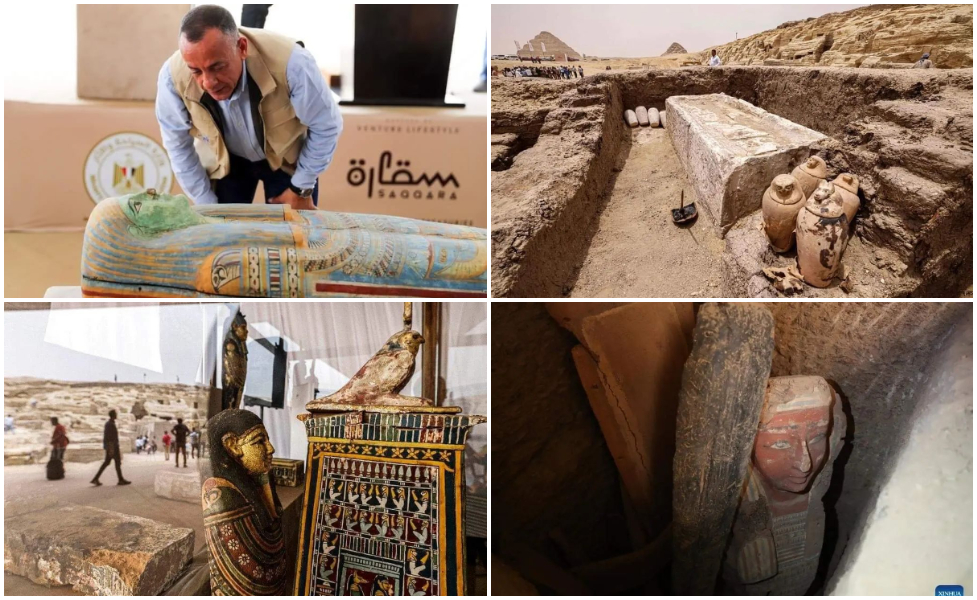PHOTO | New discovery: Egyptian archaeologists have found the largest mummification workshop

Egyptian archaeologists have discovered the "largest and most complete" human and animal mummification workshops found at a site near Cairo, reports the British Telegraph.
The workshop, which dates from 30th Dynasty and Early Ptolemaic Era (XNUMXth century BC), was found near the Pyramid of Djoser, the oldest stone pyramid.

"Two stone beds for human embalming were found in a number of rooms. The beds were approximately two meters long and one meter wide. They were made of stone blocks and covered with a layer of plaster that went down to the gutter," said Mostafa Waziri, secretary general of Egypt's Supreme Council of Antiquities.
The human mummification workshop is a rectangular mud brick building divided into a number of rooms containing two embalming beds. Other mummification materials discovered include linen rolls, hemp jars and tools used to extract internal organs.

The animal mummification workshop is a rectangular structure built of mud, brick and stone, divided into several rooms and halls. It contains the animal burials themselves, bronze mummification tools, as well as five limestone beds sunk into the floor.

The archaeologists' discoveries also include two small rock-cut tombs of 4.400 and 3.400 years old. These tombs are believed to belong to high officials and priests.

Inscriptions about farming, hunting and other activities were found on the walls of one of the tombs, as well as a large collection of artifacts, including beautiful intact wooden and stone statues and funerary objects.

Otherwise, mummification in ancient Egypt was a complex procedure that took a lot of time and could take up to 70 days. The first step was to extract the internal organs, which were then placed in stone or ceramic jars. The body was then washed, covered with natron, a naturally absorbent mineral, and left to dry for 40 days.


